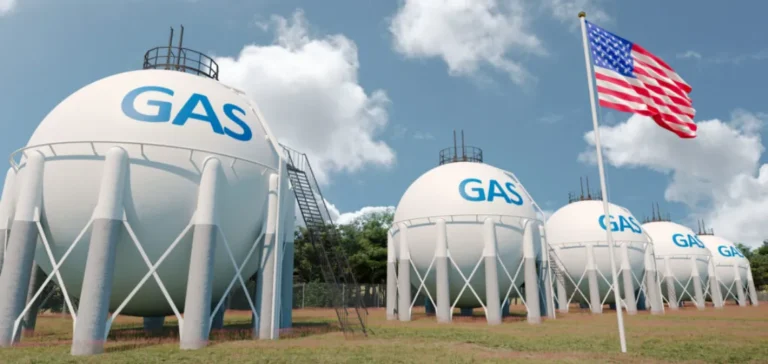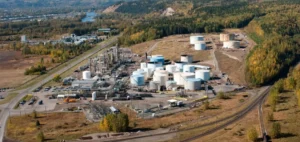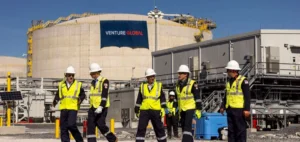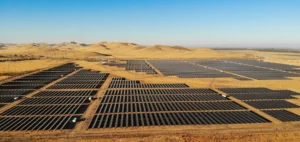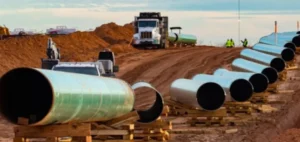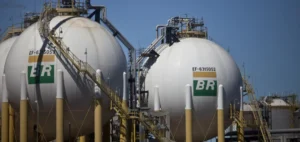US natural gas production will reach a historic level in 2025, before slightly decreasing in 2026, according to the US Energy Information Administration (EIA) in its monthly Short-Term Energy Outlook report published on July 8. The agency projects US dry gas production to rise to 105.9 billion cubic feet per day (bcfd) in 2025, compared to 103.2 bcfd in 2024. Domestic consumption will also see a significant increase, reaching a record high of 91.4 bcfd, up from 90.5 bcfd in 2024. However, both indicators are expected to dip slightly in 2026, with production falling to 105.4 bcfd and consumption to 91.1 bcfd.
Growth in liquefied natural gas exports
Additionally, the EIA expects a significant increase in US liquefied natural gas (LNG) exports. The agency forecasts export volumes will reach 14.6 bcfd in 2025, up from 11.9 bcfd in 2024. An even more substantial growth is anticipated for 2026, with exports projected to rise to 16 bcfd. These projections reflect the ongoing global demand for LNG, particularly from US terminals located in the Gulf of Mexico.
However, the EIA also notes an adjustment to its forecast for domestic demand. The July 2025 projection for US consumption, at 91.4 bcfd, marks a slight upward revision from the 91.3 bcfd expected in the June edition. The production forecast remains unchanged since June. These monthly adjustments reflect the regular market parameter changes incorporated into the EIA’s predictive models.
Moderate coal return in power generation
In the electricity sector, the EIA anticipates an increase in coal consumption in 2025, leading to a temporary rise in national coal production. Coal production is expected to reach 519.9 million short tons in 2025, compared to 512.1 million tons in 2024, the lowest level since 1964. By 2026, however, coal production is expected to fall back to 475.1 million tons, marking the lowest level since 1962.
Along with these energy developments, the agency forecasts a temporary rise in carbon dioxide (CO₂) emissions from fossil fuels. These emissions are expected to reach 4.836 billion metric tons in 2025, up from 4.777 billion in 2024. The trend is expected to reverse in 2026, with emissions projected to decrease to 4.775 billion metric tons due to a slowdown in the consumption of key fossil fuels such as oil, coal, and natural gas.
Dynamics of the US energy markets
The EIA’s monthly projection is an essential indicator for US energy and financial market operators. This data enables companies and investors in the gas, coal, and electricity sectors to adjust their short- and medium-term business strategies. The evolution of production and consumption forecasts is a valuable tool for risk management and strategic decision-making in a competitive environment.
Economic players will now closely monitor future EIA reports to assess the sustainability of these projections. Any significant variation could directly impact their investments and operations. This context requires continuous and rigorous monitoring, especially sensitive to the volatility of the international fossil fuel markets.


